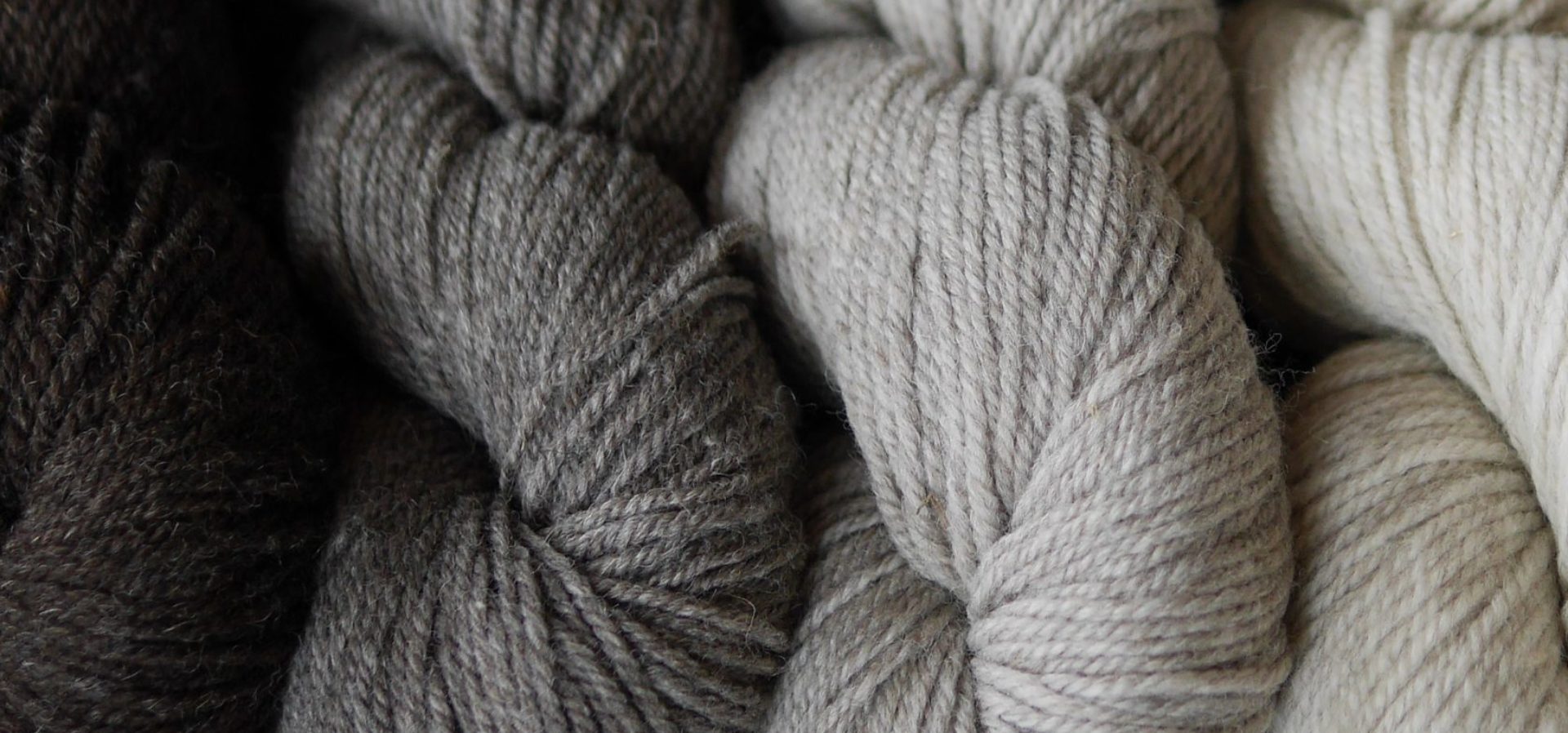dyeing the yarn i didn’t like in its original state was not only fun, but a good recycling project as well. and it seems that a few other people thought so, too! for earth day, i think i’ll go through the yarn closet and do some more recycling; it’s hard to throw out yarn, but recycling it into something new—that i can do! even if i decide i still don’t like it, hand-dyed yarn makes such a nice gift.
being prepared ahead of time by knowing what you are dealing with will make your dye experience an experiment to look forward to, and learn by. of course there are much more precise ways to achieve various dye effects; my goal was to achieve a quick and (hopefully) pleasing change on yarn that was otherwise unused.
for anybody wanting a piece of the action, here are some tips.
the dye: look for kitchen-safe acid dyes, such as Cushing’s Perfection Acid Dyes, Country Classics Dyes, or Gaywool and Bush Blend Dyes to dye protein fibers (wool, alpaca, mohair, silk) and nylon, i.e., these will work on most sock yarn. kool-aid or food dye does the job too, but is not lightfast over time. it is a great choice when kids are involved.
the yarn: any color that you think can be overdyed, probably can be, though the original color may be augmented rather than obscured. so if you have yellow yarn and you add blue dye, you may end up with a shade of green. this is true for the various shades of white and gray as well. and different fibers take dye differently. you can test yarns, or just go for it.
if you choose a delicate yarn that is not superwash, monitor the cooking time carefully or microwave in 2-minute stages to avoid overheaating it.
the fiber: if you want to dye fiber for spinning, choose fibers that are more resistant to felting; fine fibers felt easily, medium fibers do not. combed fibers work well and actually gain a little plumpness in the dye process that makes them less slippery and easier to spin, i find. bluefaced leicester, romney top, falkland top, are just a few such fibers. you can also experiment with dyeing over lighter brown and gray fibers for more subtle, ombre effects.
set-up: soak yarn in slightly soapy water for at least 30 minutes before dyeing. having the wool be thoroughly wet will enhance the dye take-up as well as the evenness of results. assemble plastic tubs, cups, and spoons, as well as gloves or any other tools you might want. getting this stuff out before you get your hands into the dye will keep the mess in one room.
read labels/instructions: my little tour of dyeing is NOT a set of instructions! follow those that come with whatever dye you purchase.
protect yourself: and your children, yarn, surfaces, clothing, utensils, and containers. read carefully any warnings about how and where you should use dye products; some types are lethal and if not, some have quite unpleasant effects on surfaces other than wool (including skin, eyes, hair, etc). (did you notice that i put children before yarn . . . see, i do care about other people’s kids)
that said, have fun! be bold and adventurous; you have nothing to lose! and send links and pix, so we can all see the results!
sorry there are no pictures today; i couldn’t hink of how to illustrate it . . . too long a work day today.


3 thoughts on “yarn dye-et”
Thanks for this great mini lesson on dyeing…. I have some beautiful alpaca tweed that I am hoping to overdye…. Ill deffinately share pictures when I do…
Yeah, thanks for this info. Maybe I’ll try this sometime over the summer.
Can I reply in this conversation?
Comments are closed.